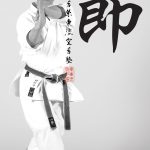
The Roots of Shitō-ryū Karatedō – A Legacy of Four Traditions Shitō-ryū Karatedō is one of the most comprehensive karate systems, preserving the essence of four classical martial traditions. These percentages are based on the 56 official kata practiced in … Continue reading























